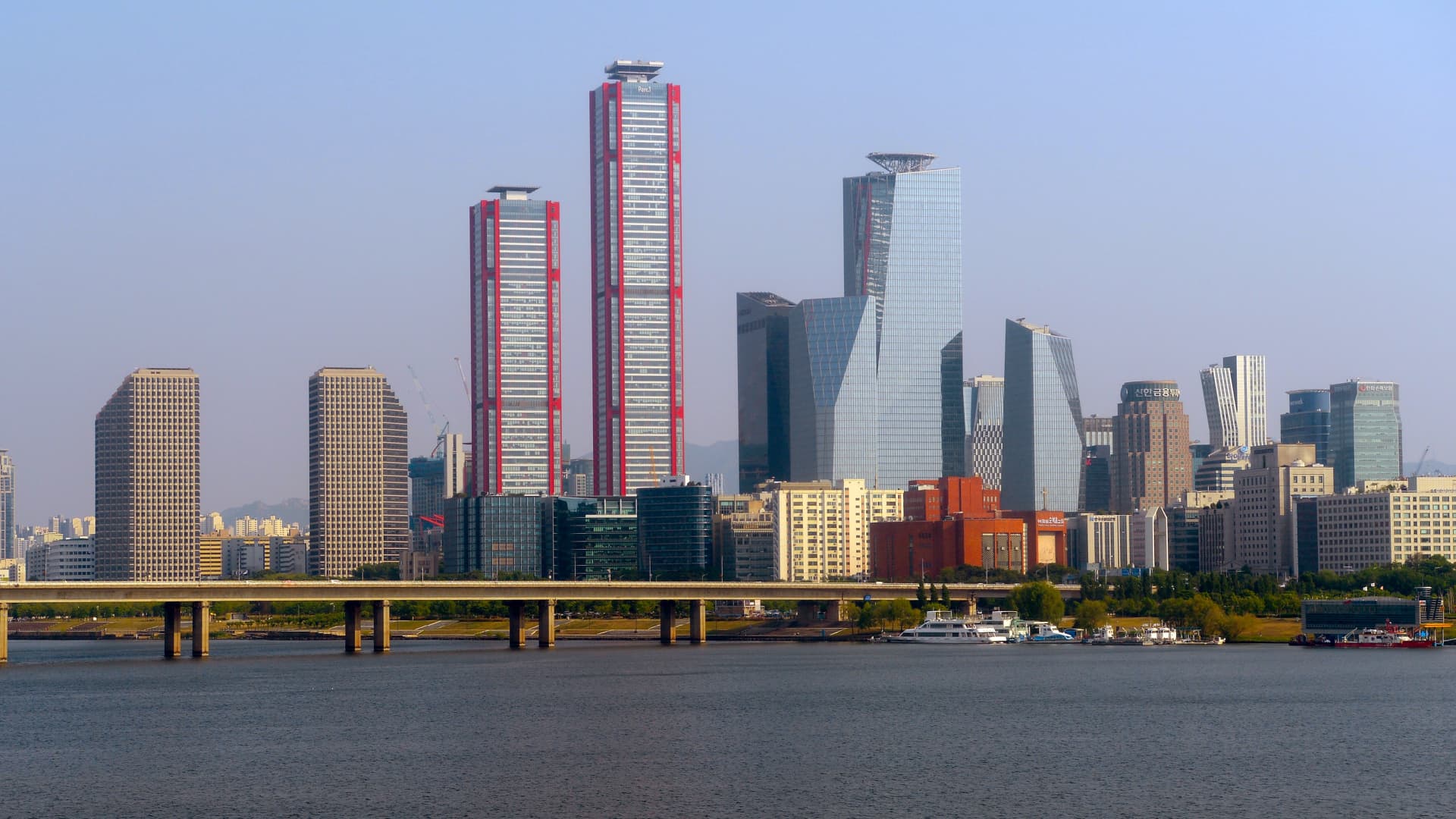South Korea’s Economic Resilience: A Deep Dive into Recent Growth and Future Prospects
Introduction: Averting the Downturn
In a world grappling with economic instability, South Korea has demonstrated remarkable resilience. The nation narrowly escaped a technical recession, defined as two consecutive quarters of economic contraction, thanks to a modest yet critical expansion in the second quarter. This report explores the factors behind this growth, analyzes the current economic landscape, and examines the challenges and opportunities that lie ahead for South Korea.
Decoding the 0.6% Growth in Q2
South Korea’s GDP grew by 0.6% in the second quarter, a figure that, while modest, signifies a significant rebound from previous contractions. This growth exceeded initial projections, instilling renewed confidence in the nation’s economic trajectory.
Key Drivers of Growth
Sectoral Performance: Winners and Losers
The economic recovery has been uneven across sectors, revealing both strengths and vulnerabilities.
Manufacturing
The manufacturing sector, a cornerstone of South Korea’s economy, experienced a moderate recovery. Increased demand for specific products offset declines in other areas, contributing to overall growth.
Services
The service sector, including tourism, hospitality, and retail, showed signs of improvement as pandemic-related restrictions eased. However, full recovery remains elusive due to lingering global uncertainties.
Construction
The construction sector faced challenges due to rising material costs and a slowdown in real estate investment, dampening overall growth. High household debt levels further exacerbated these issues.
Technology
South Korea’s technology sector remains a vital source of economic strength, driving innovation and contributing significantly to export revenues. The country’s advancements in semiconductors, displays, and telecommunications continue to position it as a global leader.
Challenges on the Horizon: Navigating Uncertainty
Despite the positive growth in the second quarter, South Korea’s economy faces significant challenges.
Global Economic Slowdown
The global economy is expected to slow down, potentially dampening demand for South Korean exports. Trade tensions, geopolitical risks, and inflationary pressures pose substantial threats to the nation’s economic stability.
Inflation
Persistently high inflation rates continue to erode consumer purchasing power and squeeze business margins. The central bank’s efforts to combat inflation through interest rate hikes could further dampen economic activity.
Household Debt
High levels of household debt remain a concern, making consumers more vulnerable to economic shocks and potentially curtailing spending. Addressing this issue is crucial for long-term economic stability.
Aging Population
South Korea’s rapidly aging population presents long-term challenges, including a shrinking workforce and increased healthcare costs. Policies to address this demographic shift are essential for sustainable growth.
Policy Responses: Steering the Course
The South Korean government and the Bank of Korea are implementing a range of policy measures to support economic growth and stability.
Fiscal Stimulus
Targeted fiscal stimulus measures aim to support vulnerable sectors, boost consumption, and invest in future growth engines. These initiatives are designed to provide immediate relief while fostering long-term economic resilience.
Monetary Policy
The Bank of Korea is carefully calibrating monetary policy to balance the need to control inflation with the goal of supporting economic growth. This delicate balancing act is crucial for maintaining economic stability.
Structural Reforms
Efforts to promote innovation, improve labor market flexibility, and reduce regulatory burdens are essential for enhancing the economy’s long-term competitiveness. These reforms aim to create a more dynamic and resilient economic landscape.
Future Prospects: Opportunities for Growth
Looking ahead, South Korea has several opportunities to drive sustainable economic growth.
Green Transition
Investing in renewable energy and sustainable technologies can create new industries and jobs, positioning South Korea as a leader in the green economy. This transition is not only environmentally beneficial but also economically advantageous.
Digital Economy
Leveraging its strengths in technology and innovation, South Korea can further develop its digital economy, fostering growth in areas such as artificial intelligence, big data, and e-commerce. This digital transformation can drive productivity and create new economic opportunities.
Biotechnology
With a strong healthcare system and advanced research capabilities, South Korea can expand its biotechnology sector, developing new treatments and therapies. This growth area has the potential to significantly enhance the nation’s economic prospects.
Trade Diversification
Diversifying export markets and reducing reliance on specific countries can mitigate the risks associated with global trade tensions. This strategy can help ensure more stable and sustainable economic growth.
Conclusion: A Path Forward
South Korea’s ability to avoid a technical recession underscores the resilience of its economy and the effectiveness of its policy responses. However, significant challenges remain. By addressing these challenges and capitalizing on emerging opportunities, South Korea can chart a path toward sustainable and inclusive economic growth. The key lies in a balanced approach that combines prudent macroeconomic management with targeted structural reforms and strategic investments in future growth engines. With a focus on innovation, sustainability, and resilience, South Korea can navigate the uncertainties of the global economic landscape and secure a prosperous future.











